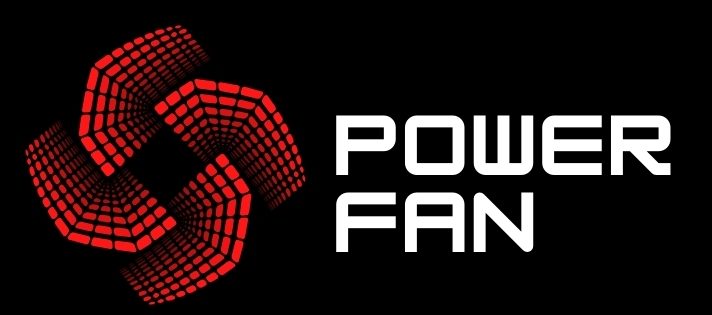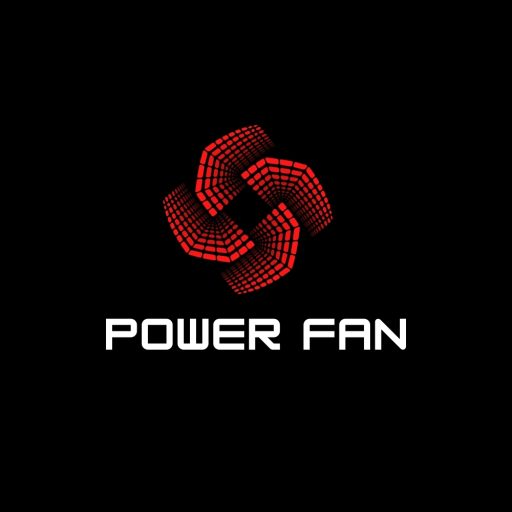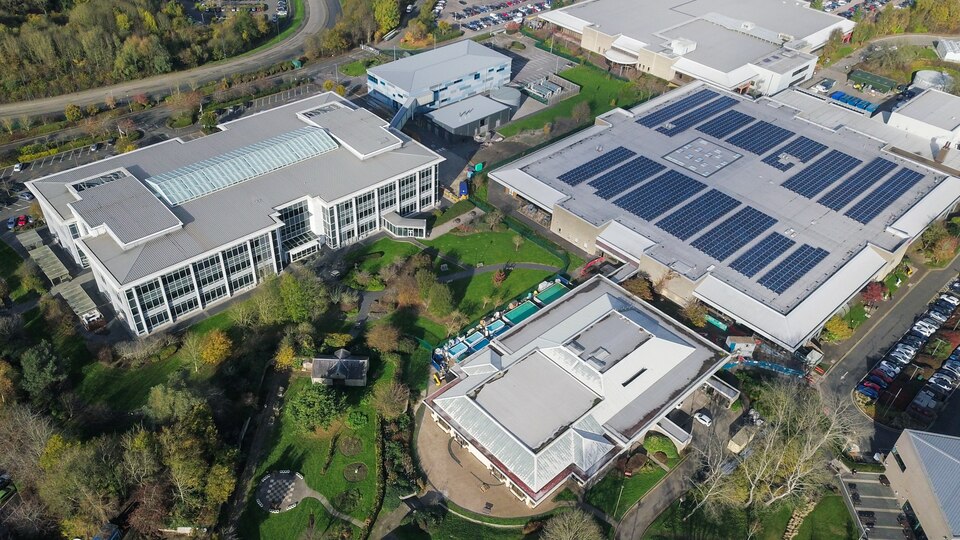Introduction
Heaters are sources of heating in buildings, both residential and commercial, especially in colder regions. However, old forced-air furnace systems waste more than half the energy that is usually consumed by them. All this energy wasted contributes to the higher bills and damage to the environment. Power Fan has a revolutionary solution wherein the waste energy gets converted to electrical power. It would not only save energy but also brighten the future toward sustainability. With its emphasis on innovation and environmentally friendly technology, Power Fan is well equipped to change the entire concept associated with energy consumption and efficiency.
Forced-Air Furnace Efficiency
Furnaces are used to heat buildings; however, efficiency varies with furnace design and usage. An example of such measure is AFUE, which is a rating that denotes how much of a specific fuel a furnace employed in houses turns into usable heat. The best AFUE ratings for newer, more efficient furnaces are in the range of 93 to 98%. By contrast, older furnaces waste up to 20 to 30 percent of the total energy they have consumed.
How Power Fan Should Work:
- Energy Capturing- System of Power Fan literally captures heat and pressure which would otherwise roam wasted through vents and flues.
- Renewable Output- The energy captured is converted into electricity and hence becomes a renewable energy source for domestic or commercial use.
- Cost Saving- Energy recycling will lead to cutting down home heating costs, as it already offsets other power costs.
Complex integration for indoor comfort with energy optimization.
Forced-Air Furnace Components
How a forced-air furnace works is essential to understand the innovative approach of Power Fan.
- Burner or Heating Element: This is the heat source usually run on some form of natural gas, propane, or electricity.
- Heat Exchanger: Transfer the heat generated from the burner to the air moved by the system into the house.
- Blower Motor: Blows warm air into ducts and distributes it to various rooms.
- Ductwork System: A series of passages that will carry warm air and return cooler air for reheating.
Working of Power Fan Along with Those Components:
Power Fan is totally integrated into the very existing furnace structure. The movement of hot air and fluid within the ducts is converted into knock to an ultra-miniature generator able to transform kinetic and thermal energy into electricity, thus providing a very innovative energy recycling system.
Furnace Recycling
Energy recycling from forced-air furnaces is a fairly recent phenomenon made practical and feasible by Power Fan.
How power fan recycles energy:
- Heat Recovery: Absorbs the remaining heat due to the operation of the furnace and directs it to a generator.
- Pressure Utilization: Converts the air movement caused by fluctuation of pressures in ducts into mechanical work and converts the energy into electricity.
- Energy Storage: This electricity will be stored in a power bank with all-round portable nature and have a 220V output for many applications.
Advantages of Energy Recycling:
- Environmental: Recycling energy reduces emissions greenhouse gases, which result from reduced dependence on external electricity sources.
- Backup-Power: The portable power bank serves as a standby energy source for outages.
- Convenience of Application: The system is integrated with existing heating systems without the need for major modifications.
Electric Forced-Air Furnace vs. Gas
When selecting a heating system, understanding the differences between electric and gas forced-air furnaces is critical.
Electric Forced-Air Furnace:
Advantages:
- Zero emissions during operation, making it environmentally friendly.
- Compatible with renewable energy sources like solar or wind.
- Quieter operation compared to gas models.
Drawbacks:
- Higher operational costs in regions with expensive electricity.
- May struggle in extreme cold without supplementary systems.
Gas Forced-Air Furnace:
Advantages:
- Faster heating capability, especially in very cold climates.
- Lower operational costs where natural gas is affordable.
- Long-lasting and widely available technology.
Drawbacks:
- Produces greenhouse gas emissions, contributing to climate change.
- Requires regular maintenance to ensure safe operation.
How Power Fan Benefits Both Systems:
Power Fan’s energy recycling technology works effectively with both electric and gas systems. For electric furnaces, it reduces dependence on the grid. For gas furnaces, it offsets some of the environmental impact by reusing wasted energy.
Conclusion
Recycling of energy for forced-air furnaces has ushered in a pivotal breakthrough within sustainable heating technology-for as long as you live, the innovative way that Power Fan is going to apply wasted energy may be totally new to homeowners or businesspersons who would like to learn ways of bettering their cost-effectiveness. It converts from heat and air pressure into usable electricity: turns optimized energy usage into action while joining with worldwide initiatives to tackle climate change.
Investing in Power Fan is a smart, no-nonsense solution whether you are a homeowner who would like to save some money or a business that wants to reduce your ecological footprint. Therefore, in energy-efficient homes and smarter workplaces, Power Fan has had the possibility of easy integration, dual functionality, and sustainability. Power Fan has ushered us into a new age of energy because watts count in sustainability.




